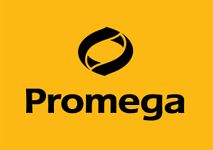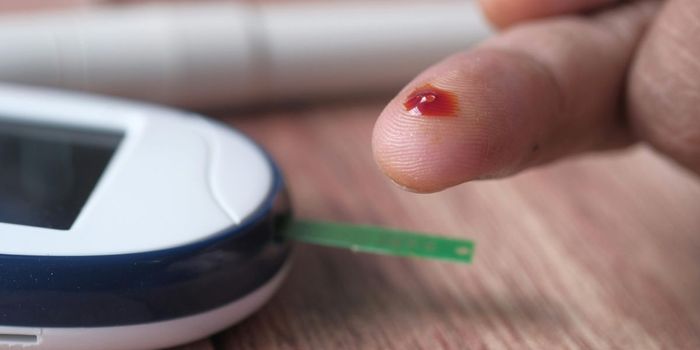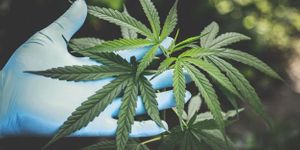Sample Prep Possibilities: How to Gauge Your "Good Enough"
As scientists, we can be very uncomfortable with the concept of “good enough”. It feels contrary to everything that we are trained to do—to keep meticulous notes and take our time testing and analyzing every single data point, making sure everything is accounted for and as perfect as possible. Unfortunately, when practicing science in the real world, in our real lab jobs, there can be circumstances and systems that place limits on that idea of perfection and render it unrealistic.
When you’re crunched for time, trying to keep costs as low as possible, or have a mile-high pile of backlog samples, it can become necessary to embrace the idea of “good enough”, especially as it pertains to your PCR sample preparation methods. “Good enough” is not an inherently bad phrase. “Good enough” means you can still get all your work done and can ensure you’re meeting the goals of your lab.
In this article, we want to help you evaluate what “good enough” looks like for you, to help determine whether direct PCR or traditional PCR sample preparation methods is the better fit for your needs.
What Does “Good Enough” Look Like for You?
Just to clarify, when we say “good enough”, we don’t mean you should put less care or detail into your work. The idea of “good enough”, in terms of PCR sample preparation, can help you figure out what is most important to your work. This will help determine which method will best meet those requirements and will help ensure you’re working smarter, not harder, with your PCR workflow.
With traditional PCR sample preparation methods, both the sample collection and storage step as well as the nucleic acid extraction/purification step can have a tendency to bottleneck and experience supply constraints. Direct PCR offers a fast, simple method to bypass these particularly time-consuming steps, without hindering the ability to detect nucleic acids from samples.
But while we all love the concept of direct PCR in theory (because honestly who doesn’t want to save time and money?), no matter what direct amplification kit you use, the reality is that you will always take a hit when it comes to sensitivity. So while direct PCR can be a great “good enough” method, if sensitivity is crucial to your testing, direct PCR may not be the best fit for you and your samples.
It can be challenging to achieve everything that you want from a sample preparation method—fast, simple, sensitive, easy to automate and of course a low cost. In most cases there will be constraints that force you to make choices and tradeoffs based on which characteristics matter most to you.
You can utilize the table below to think about the characteristics of your sample preparation and to rank them in the order of importance to your lab. One or two of these items will likely carry a greater weight than the others.
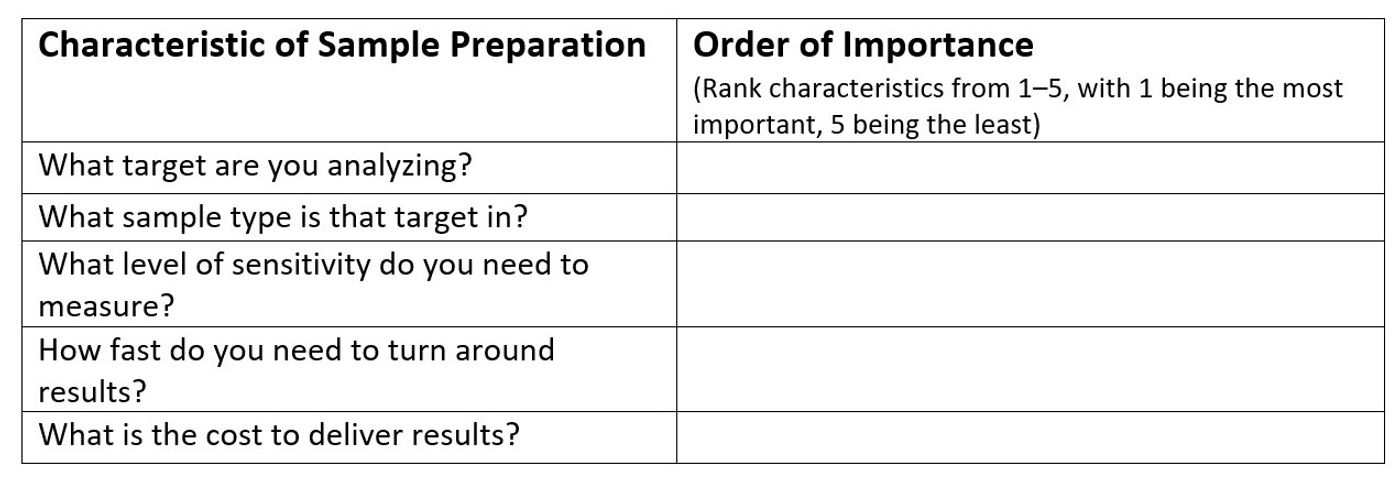 Pros and Cons: Playing with Sample Preparation Possibilities
Pros and Cons: Playing with Sample Preparation Possibilities
After you have evaluated and ranked the sample preparation characteristics, you can use our illustrated seesaw as a guide to determine where your highest-ranked characteristics best align and which method you should bring into play.
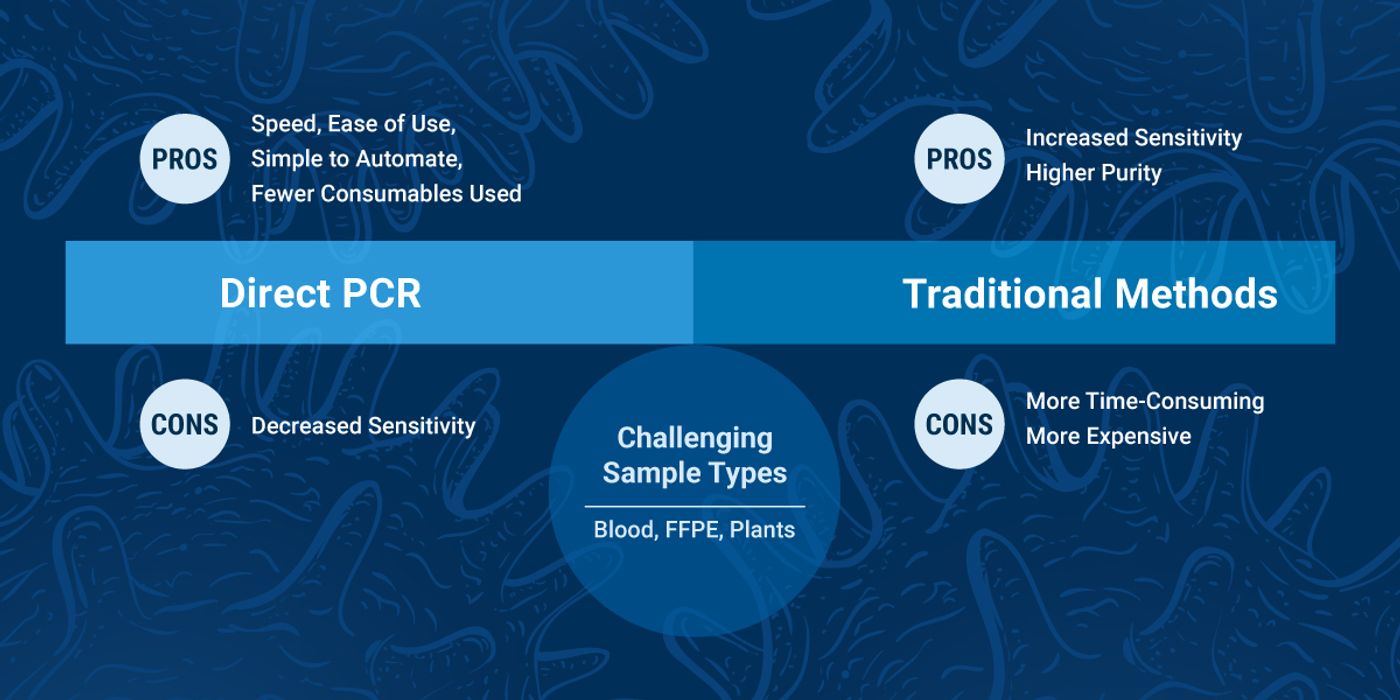
In traditional PCR sample preparation, nucleic acid extraction can serve as a concentrating step. However, in direct amplification, there is no sample concentration. In fact, you are usually going to dilute the sample during the lysis step to release the nucleic acid, so you will find there is overall decreased assay sensitivity using direct PCR. To overcome this, you may need to re-optimize your PCR assay, given that a PCR assay that is optimized to amplify extracted nucleic acid may not be optimized for a direct-from-sample amplification.
In a direct amplification workflow, you are able to circumvent the costly and rate-limiting extraction and purification steps, allowing you to avoid potential throughput limitations from reagent supply constraint and enabling you to cut costs and conserve precious sample material. Utilizing a direct PCR workflow additionally helps save you time in the lab, though the amount of time savings will vary depending on if your previous extraction method was automated or manual. Direct amplification workflows are also automation-friendly, requiring no dependency on specially-designed plastic consumables.
Learn more about direct PCR amplification solutions, traditional nucleic acid purification solutions and how they can be customized to fit your needs.
